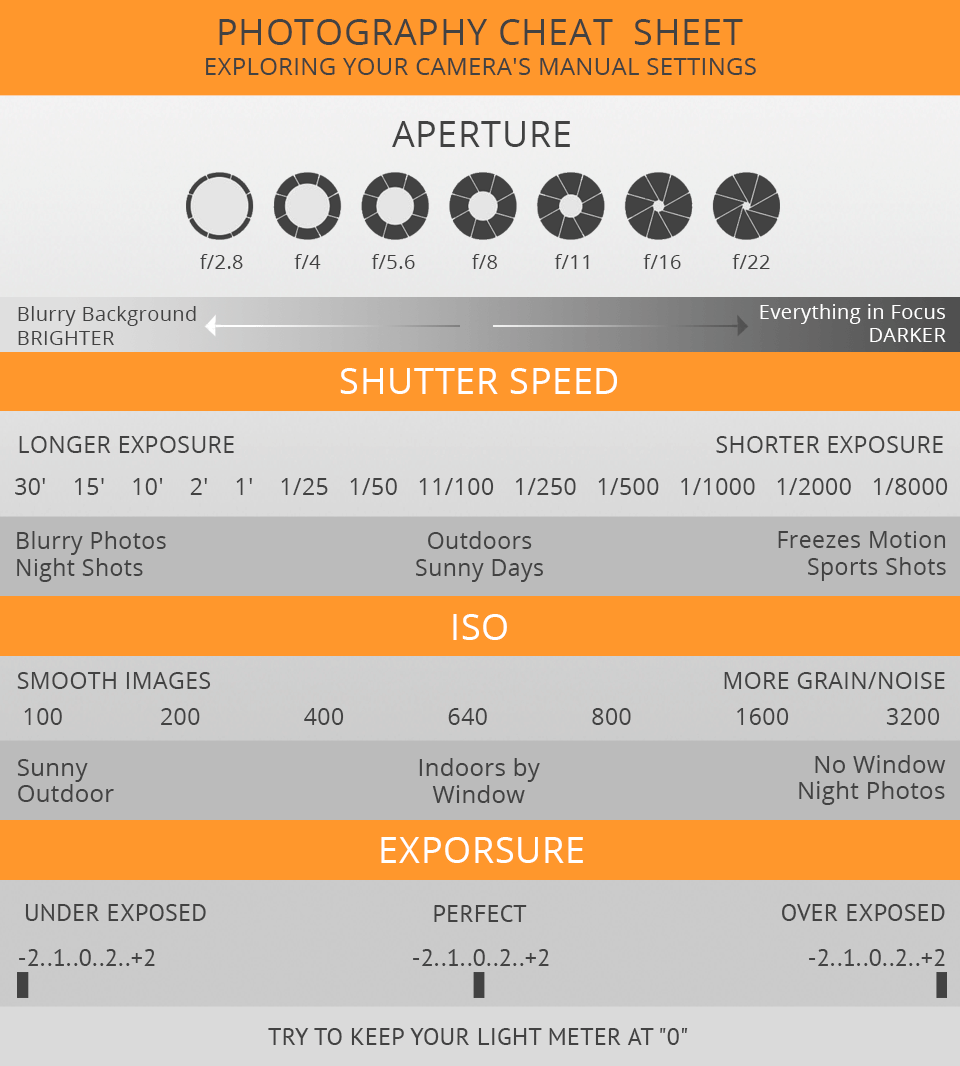Transform Your Photography By Grasping Illumination Strategies That Can Boost Your Images-- Uncover The Common Challenges That Could Be Holding You Back
Transform Your Photography By Grasping Illumination Strategies That Can Boost Your Images-- Uncover The Common Challenges That Could Be Holding You Back
Blog Article
City Portraits -Futtrup Heath
As a photographer, you know that lights can make or break your images. Understanding the nuances of both natural and fabricated light is essential for recording the mood and quality you aim for in your job. Whether you're going after the ideal golden hour glow or adjust your man-made configurations, mastering these components can elevate your digital photography substantially. Yet there prevail mistakes that lots of neglect, and identifying them can transform your strategy to every shoot. Let's explore what you could be missing out on and how it can affect your outcomes.
Understanding Natural Light
Recognizing natural light is important for any kind of professional photographer seeking to enhance their job. It's the structure of terrific digital photography, influencing mood, tone, and clearness. When you fire outdoors, take note of the time of day. The gold hour-- shortly after sunrise and prior to sundown-- provides soft, warm light that can change average scenes right into magnificent pictures.
Do not take too lightly the power of overcast days. Cloud cover diffuses sunlight, creating a soft, even light that's ideal for pictures and macro digital photography. You'll find shades appear this type of illumination without extreme shadows.
Positioning issues, as well. Always consider mouse click the following website page to the source of light. If the sunlight's behind your topic, you might end up with a shape, which can be dramatic but mightn't be what you want. Conversely, direct sunlight can create unflattering darkness.
Try out angles; often, changing your viewpoint can produce impressive results. Use all-natural reflectors, like water or sand, to bounce light onto your topic, adding dimension.
Learning Artificial Light
Grasping artificial light is essential for professional photographers who intend to take their abilities to the following degree. Whether you're using speedlights, studio strobes, or continual lights, comprehending exactly how to adjust these sources can substantially enhance your pictures.
Beginning by familiarizing yourself with the fundamentals of light quality, instructions, and color temperature level. Experiment with various modifiers like softboxes, umbrellas, or grids to regulate the soft qualities or violence of the light.
You'll locate that soft light usually creates flattering outcomes, while harsher light can include dramatization and deepness. Don't shy away from shadows; they can boost the three-dimensionality of your subjects.
Pay very close attention to the placement of your lights. A light located also near your subject can produce uncomplimentary outcomes, while too far away can bring about an absence of detail. Utilize a light meter or your electronic camera's histogram to guarantee you're subjecting correctly.
Lastly, remember that synthetic light can be blended with ambient light for innovative effects. Stabilizing these resources may take technique, once you master it, your digital photography will really shine.
Techniques for Various Circumstances
When you enter various capturing scenarios, adapting your lighting techniques is critical for capturing the most effective pictures. For exterior portraits, make use of the gold hour-- early morning or late afternoon light-- to soften darkness and improve skin tones.
If it's a rough midday sunlight, think about utilizing a reflector to jump light back onto your topic or seek shaded locations for a much more also direct exposure.
In low-light situations, like indoor events, increase your ISO and utilize a wide aperture to let in more light. A tripod can assist remove cam shake, allowing for longer direct exposures without obscuring.
If you're shooting at night, experiment with off-camera flash to produce dynamic lights and depth in your images.
For item digital photography, use diffused lights to stay clear of harsh reflections. Softboxes or light outdoors tents can help achieve this effect.
When photographing Read the Full Document , consider the instructions of light and time of day, as it can significantly change the mood of your shot.
Constantly be ready to change your settings and placing based upon the scenario, as flexibility is key to mastering lighting in digital photography.
Verdict
Finally, mastering lighting is key to boosting your digital photography skills. Embrace all-natural light's elegance during gold hour, and do not avoid explore fabricated light strategies. By adjusting your technique to various situations, you'll record sensational images that reverberate with emotion and clearness. Bear in mind, the best lights can change a normal shot into something phenomenal, so maintain practicing and refining your understanding of both all-natural and synthetic light. Satisfied shooting!
